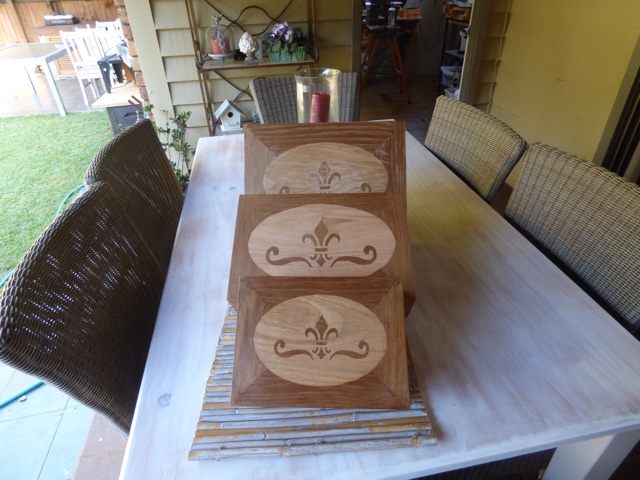Following on from the success the other day, when the veneer crinkled and lifter.
Sometime ago I made this and used an experimental way of gluing the veneer to the box.
It is very difficult to get a good picture of the problem, but as you can see in the photo the veneer has lifted on the edges, also not visible there are bubble under the veneer where the glue has not stuck properly. Using the same method I used the other day I hope to repair the lid.
By covering the work with non stick paper (I pinched from the kitchen).
And a sheet of printer paper, using a very hot iron (I think this may have been the mistake in the first place, Iron wasn't hot enough) Iron the entire surface of the lid several times pressing down firmly.
Remove the iron and as quickly as possible while the glue is still soft, place a heavy weight on the work and leave until totally cooled.
The heat has ruined the finish but this is easily fixed.
Using one of my many scrapers I clean up the surface.






















































